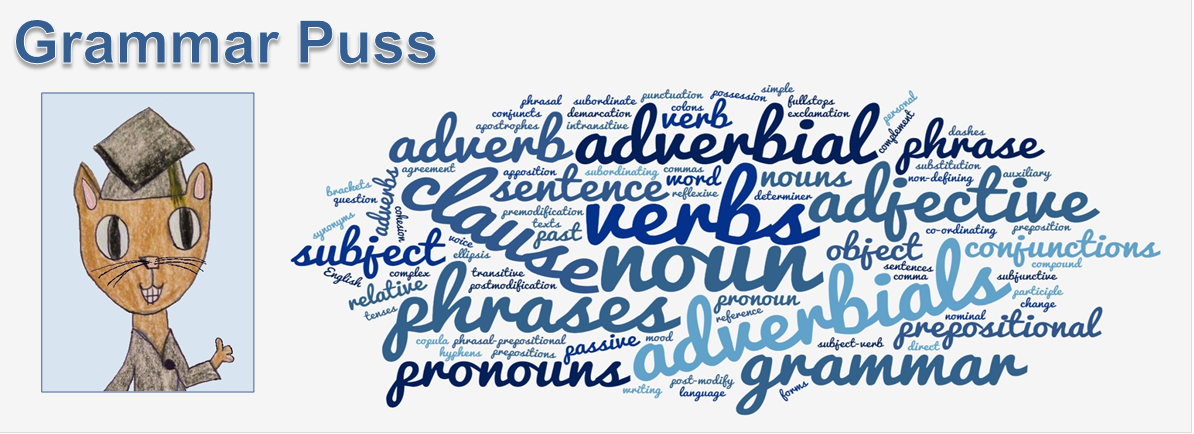Last week I was shown four newly published grammar books for
children. But why would you want a child to
read a grammar book? Surely the best way
for children to develop their awareness and understanding of grammatical
elements and punctuation is through effective teaching, by a teacher with good
grammatical subject knowledge, using quality, authentic texts that illustrate
the feature you are focusing on? In this
way children can:
- experience the effects of what has been written through shared or guided reading;
- be guided through the vocabulary and sentence constructions the author has used to create those effects (hearing and using the correct grammatical terms where relevant);
- experiment with using those models of construction to create effects in their own writing;
- self and peer assess how successful they have been and how these constructions have improved their writing for their reader.
Having said that, if you are intent on exposing children to
grammatical text books, there are a few things you should bear in mind.
Beware texts that describe verbs as ‘doing words’. How is a child going to understand or
identify the verb in the sentences ‘He has a cold.’ or ‘She was very unhappy
with her new shoes.’ Verbs do not just
describe ‘doing’, but also ‘being’ and ‘having’. Trying to simplify this for children is not
doing them any favours.
Avoid grammar books which provide lists of words and ask for
the verb, noun, adjective or adverb to be identified. Nearly all the grammar books I was shown did
this and it can be so confusing for children.
To match a word with a word class, you have to see it in the context of
a sentence. A large number of the words
in our language can have multiple functions, so we cannot make any
identification until we see how it fits into the word order of the particular
sentence. One of the books I was shown
used the word ‘run’ in a list of words.
The task was to identify verbs, but consider the following:
·
They run every day for fitness.
·
They go for a run every day.
Some words in our language are much more flexible. Take the word ‘out’ for example:
- He is going out. (adverb)
- The flowers are out in the garden. (adjective)
- He should out himself if he wants to. (verb)
- Given an out, she will take it. (noun)
- It jumped out of the box (as part of the prepositional phrase ‘out of’)
- This car outmanoeuvres any other on the market. (a prefix, here as part of a verb)
So, it is always important when identifying word classes, to
see the word in context.
Also beware books which tell you not to split
infinitives! One of the books I saw,
from a reputable publisher, contained that advice. To specifically prohibit such a useful
construction for varying effects in sentences is, to my mind, completely
wrong. (See what I did there?) ‘To prohibit specifically’ just doesn’t have
the same ring to it! This rule was
devised by grammarians trying to make rules for English grammar and was
influenced by their study of Latin grammar, where the infinitive cannot be
split. Sometimes in English, for the
purposes of sense and how the sentence sounds, an infinitive should be split. There are enough grammatical features for
children to grasp without filling their heads with antiquated, unnecessary nonsense.
So, my advice on grammar books for children is as
follows. Don’t waste money on them;
spend the money more wisely, buying good quality, enjoyable texts which will
show off our wonderful language in all its glory.






